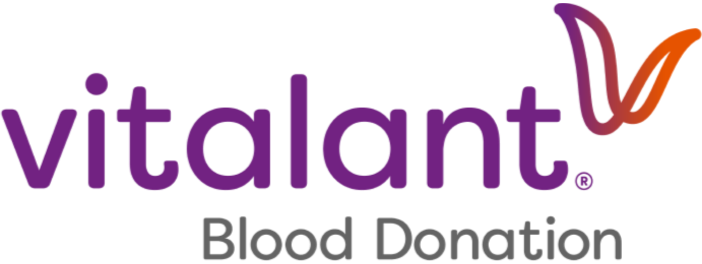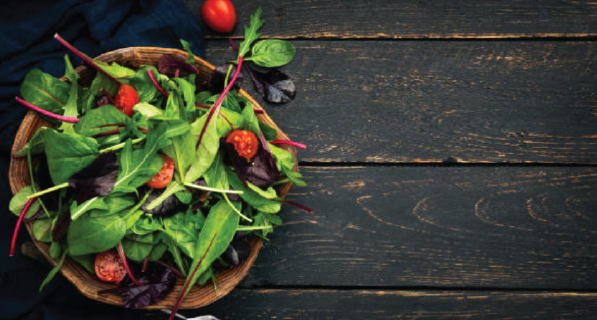Do you remember learning about iron in food back in school? It’s probably been a minute, so we won’t hold it against you if you need a refresher. Iron is an essential mineral for producing hemoglobin, a protein that carries oxygen from your lungs to all parts of your body to provide energy and strength. Your body relies on iron to produce new blood cells to replace the ones lost during blood donation.
Whether you found this to be breaking news or merely a blast to the past, iron’s many secrets — especially as they pertain to the foods you eat — may leave you truly perplexed.
Here’s our top three myths about iron in foods:
1) Myth: All iron is the same. Fact: there are actually two forms of dietary iron: heme and nonheme. Your body absorbs the most iron from heme sources, found in animal foods that originally contained hemoglobin. Nonheme iron, which comes from plant sources, doesn’t absorb all that well in the body. Total mind-blow, right? Oh, and in case you’re wondering, eggs contain both heme and nonheme iron, so everyone’s favorite breakfast item hasn’t been voted off the island.
If you have the memory span of a bumblebee, don’t despair; our cheat sheet should come in handy, as it covers some popular foods and the categories they fall under.
Now comes the million-dollar question: What should you eat? If you want to maximize your iron absorption, consume iron-rich foods along with plenty of vitamin C-rich foods, such as broccoli, kale, mangos, kiwi or orange juice. You can also pair foods high in nonheme iron with fish, beef or poultry. Search online for recipes featuring your favorite meats and seafood treats. There are so many delicious dishes for you to try, you’ll never run out of ways of incorporating heme iron-rich foods into your diet.
2) Myth: I’ve eaten plenty of iron-rich foods since my last appointment, so I can’t possibly be deferred for donating blood. Fact: Although the foods listed above do contain iron, a higher dose is needed to replenish what is lost during a blood donation. And while an iron-rich diet has a strong for a healthy lifestyle, it may not replenish iron fast enough after blood donation.
In any case, iron stores can be depleted through other means, including exercise, menstruation and pregnancy. Don’t be discouraged if you’re told that your iron level is too low. Your iron level can easily change, so come back and try donating again!
3) Myth: I’ll find out my iron level when I donate blood. Fact: Blood donation centers don’t measure your exact iron level, but they do check your level of hemoglobin. Depending on your results, your donor tech may ask you to wait until your hemoglobin level is higher. Remember, your hemoglobin level is affected by your iron level, which can easily change, so don’t give up.
BONUS MYTH: At least spinach is still super high in iron. Spinach can do no wrong. Fact: We hate to break it to you, but Popeye’s favorite snack isn’t what it’s cracked up to be. While spinach is indeed high in iron, it’s of the nonheme variety that doesn’t absorb very well in your body, so you’re better off getting your iron somewhere else. We’re not saying spinach is a wolf in sheep’s clothing — it’s still a healthy vegetable overall. These leafy greens just aren’t the iron giant you’ve been led to believe.
What about iron supplements?
If you’re just not a fan of most iron-rich foods, you’ll be pleased to know that iron supplements may be a suitable replacement and could help maintain your iron level.
Those who donate blood infrequently can restore their iron levels by eating iron-rich foods, but frequent blood donors and young donors should consider taking an iron supplement with 18 to 28 milligrams of iron for at least 60 days after donating whole blood or up to 120 days after making a Power Red donation.
Consult your health care provider before taking any iron supplement or multivitamin.
Why hospital patients need your help
Every 2 seconds, someone in the U.S. needs blood. Because this lifesaving fluid can only come from volunteers, generous blood donors like you are vital to hospitals and patients in need.
Now that you are a certified myth-buster, start saving lives by scheduling your blood donation today.
Published by: Jeremy T. — Vitalant Contributor

